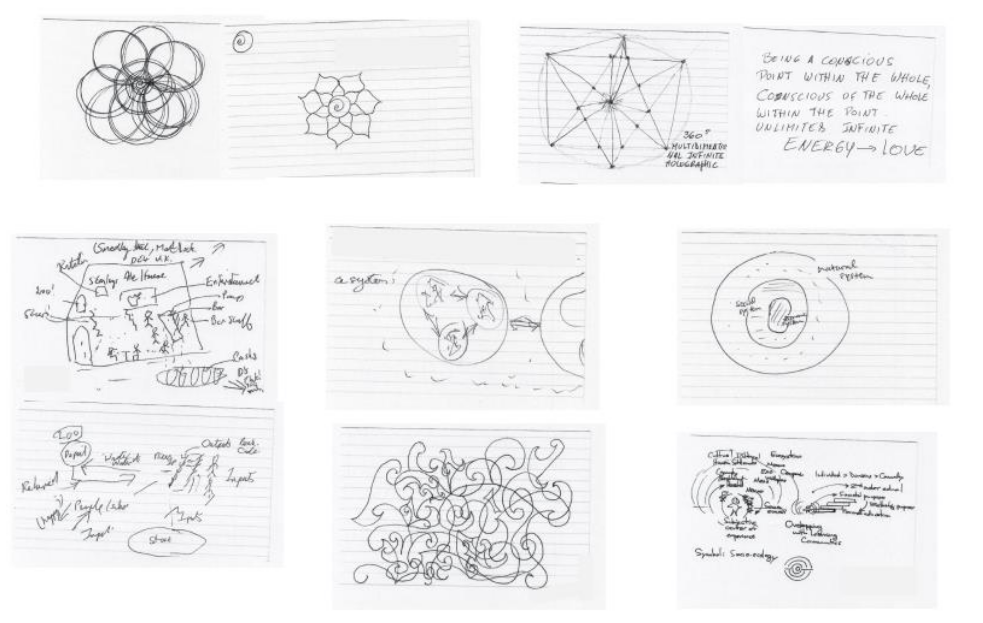Pattern languages are both a simple and complex concept. Since its invention by architect Christopher Alexander, the concept has expanded and been used in several domains (software design, group facilitation, pedagogy, …) . I wrote previously about the potential of pattern language as a tool for conscious systems design (Permaculture Patterning, a design framework for systemic transformation). Today, I present key takeaways from researcher Helene Finidori’s latest work on pattern languages. Helene discuss Pattern Literacy as a way to support of Systems Literacy. Her paper is very interesting but very dense, so I took out key take aways about the use of pattern language as a tool for group alignement and cooperation and collective intelligence.
Continue reading “Pattern languages as a tool for group alignment”
Case study: how to co-create a co-creative event
A case study presenting the organization of #MousTIC, a co-creative event about open cooperation and social innovation.

mousTIC is an event about open and collaborative models for social innovation. In 2013 the event took place in Montpellier, a city in the south of France, and gathered over 200 participants for 3 days to discuss, share, exchange about collaborative tools and practices, but also to co-create tools and methods. The participants came from very different backgrounds: non-profit organizations, urbanism, ICT for development, free/open source software, social &solidarity economy, journalist, students, artists, …
The following presentation details the various co-creative formats that were used during the event and the organizational model behind it.
This is part of my open research on co-creative events patterns
Continue reading “Case study: how to co-create a co-creative event”
